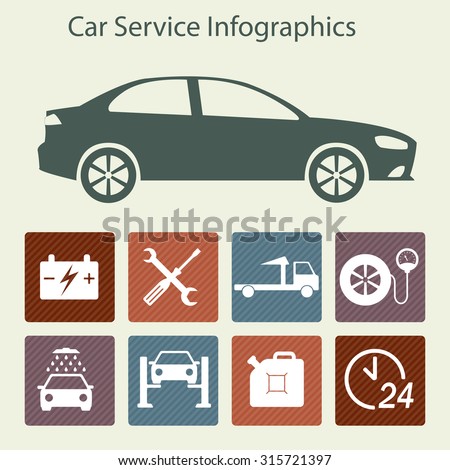A Beginner'S Handbook For Interpreting Your Vehicle'S Alert Lighting
A Beginner'S Handbook For Interpreting Your Vehicle'S Alert Lighting
Blog Article
Content Created By-Schwartz Mahmoud
When you lag the wheel, those little caution lights on your cars and truck's dashboard can be fairly puzzling. What do they imply, and should you be concerned? Comprehending these signals is vital for your automobile's health, yet it does not have to be a challenging task. By translating the enigma behind each light, you'll be equipped to manage prospective problems successfully and maintain your vehicle running smoothly. So, following time a warning light flashes, do not panic - arm yourself with knowledge and take control of the situation.
Importance of Vehicle Warning Lights
Recognizing the significance of your vehicle's caution lights is important for keeping your car's health and wellness. These lights function as your vehicle's interaction system, alerting you to potential problems that can jeopardize your security when driving or cause costly repair work if disregarded. By focusing on these cautions, you can resolve issues early and protect against additional damage to your vehicle.
Disregarding advising lights can lead to major consequences, such as engine failure, brake breakdowns, or even crashes. These lights are developed to notify you of issues varying from reduced tire pressure to engine malfunctions, offering you the possibility to take action before the situation worsens. Regularly checking and comprehending these cautions can conserve you time, money, and guarantee your security while driving.
Along with keeping you risk-free, responding promptly to warning lights can also help lengthen the lifespan of your car. By resolving problems early on, you can protect against small issues from rising right into major repair services, inevitably conserving you time and money in the future. Bear in mind, your automobile's warning lights are there for a factor - do not disregard them!
Common Caution Lights and Meanings
When it concerns driving your automobile, recognizing common warning lights and their meanings is vital for your security and vehicle maintenance. Below are a few common caution lights you might run into:
1. ** Check Engine Light **: This light suggests a problem with your engine. Maybe something minor like a loosened gas cap or something extra serious like engine misfiring.
2. ** Battery Light **: This light signals an issue with your car's charging system. It could suggest a damaged battery, alternator, or various other relevant elements.
3. ** Oil Pressure Light **: When this light comes on, it suggests your engine may be running low on oil or experiencing reduced oil pressure, which can lead to engine damages if not resolved quickly.
4. ** Brake System Light **: This light suggests a concern with your braking system. It can mean reduced brake liquid levels or a problem with the brake system that requires prompt focus.
Recognizing these common caution lights will help you determine possible issues beforehand and avoid even more considerable issues in the future.
Exactly how to Reply To Caution Lighting
In the event that a caution light brightens on your automobile's dashboard, it's important to respond promptly and appropriately. When a caution light begins, the primary step is to consult your owner's handbook to recognize the specific issue indicated by the light.
Some lights require prompt attention, while others may suggest a much less immediate matter. If the warning light is red or blinking, it's usually an indicator of a major trouble that requires immediate action. In airplane mechanic , it's advisable to pull over securely, turn off the engine, and seek specialist aid.
For yellow or orange warning lights, while they may not need prompt interest, it's still vital to deal with the hidden issue promptly to stop more damages. Regular maintenance and evaluation can assist prevent alerting lights from beginning unexpectedly.
Conclusion
Finally, recognizing your vehicle's caution lights is crucial for preserving your automobile's health and wellness. By on a regular basis inspecting and reacting to these cautions, you can deal with possible issues early and avoid expensive repair work or security dangers. Remember to consult your proprietor's manual for info on various warning lights and constantly take immediate action for red or flashing lights. Stay positive and keep your auto running efficiently!
